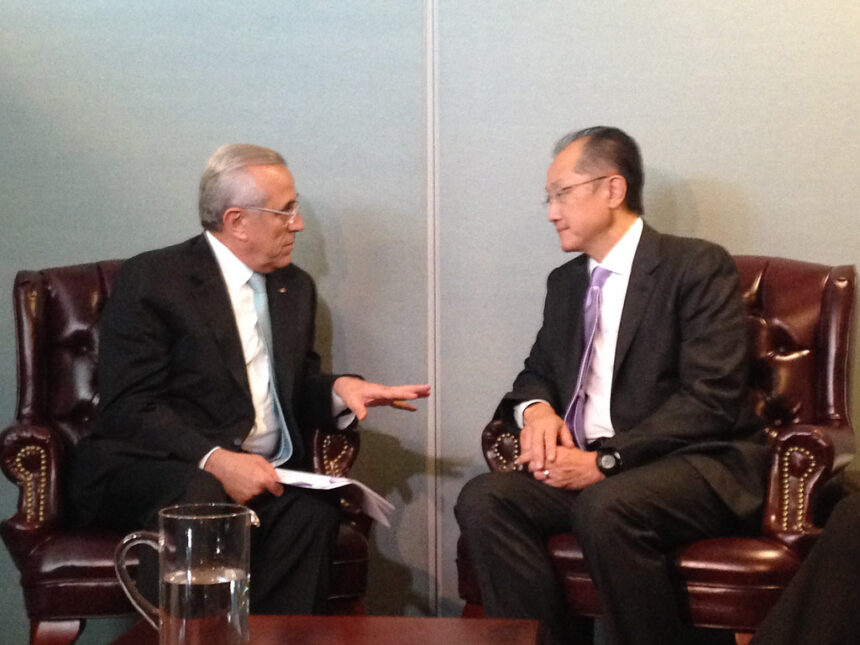World Bank has slashed their 2025 forecast of economic growth for Latin America and Caribbean. The region is expected to only grow by 2.1%, instead of January’s estimate of 2.5%.
This move was announced on Wednesday, during the Spring Meetings of the International Monetary Fund and World Bank (IMF and WB) in Washington. It highlights the deepening uncertainty around the world and growing pressure for emerging markets.
World Bank’s more conservative outlook is due to many factors. These include possible delays by developed countries in reducing interest rates, the possibility of a further slowdown in China’s growth, increasing global trade restrictions and a decrease in overseas development aid.
Experts in regional policies are urged to adapt quickly as the economic climate becomes more uncertain.
Carlos Felipe Jaramillo is the World Bank Vice President for Latin America and the Caribbean. He said that the global economy landscape has dramatically changed, with a higher level of uncertainty.
He added: “Countries need to recalibrate their strategies, and implement bold reforms”.
Mexico and Brazil’s prospects for growth are weakened
Mexico and Brazil are the two largest economies in the region.
Mexico’s growth is expected to reach zero by 2025. This compares to the earlier forecast of 1.5%.
The IMF had cut its prediction for Mexico’s economy just days earlier, and predicted a 0.3% contraction due to the new US tariffs, and the rising tensions in trade, which it claimed would hurt exports, and depress investor confidence.
Brazil’s 2025 forecast was reduced from 2,2% to 1,8%. The country is still on the growth track, but the rate of growth has slowed down due to both fiscal restrictions at home and a weaker demand globally.
Argentina’s growth is expected to increase from 5,0% in 2015 to 5.5% by 2025.
This change follows the announcement by the IMF that the country would be receiving $20 billion to help stabilize its finances.
Analysts warn that while the agreement is a positive step, Argentina’s recovery in future will depend heavily on how well it implements its policies, controls inflation, and tries to restore investor trust.
Foreign investment and structural reforms
The World Bank emphasized that Latin countries need to shift away from temporary fixes and move towards permanent structural changes to boost their competitiveness, productivity and resilience.
The public debt problem is a constant one. In 2024 the debt to GDP ratio in the region will rise from 59.4%, which was in 2019, up to 63.3%.
William Maloney is the chief economist of the World Bank for Latin America and Caribbean. He said: “Access to technologies and the use of scale economies implies that trade and foreign direct investment (FDI) will continue to play a crucial role in accelerating the growth rate for Latin America and Caribbean.”
Maloney emphasized that new business partnerships and opportunities to export services, as well as importing goods and investing nearshore, are all potential areas of growth.
He warned that the area will require greater productivity as well as a more flexible policy.
The post World Bank cuts 2025 Latin America growth forecast as global uncertainties mount may be updated as new information becomes available
This site is for entertainment only. Click here to read more



